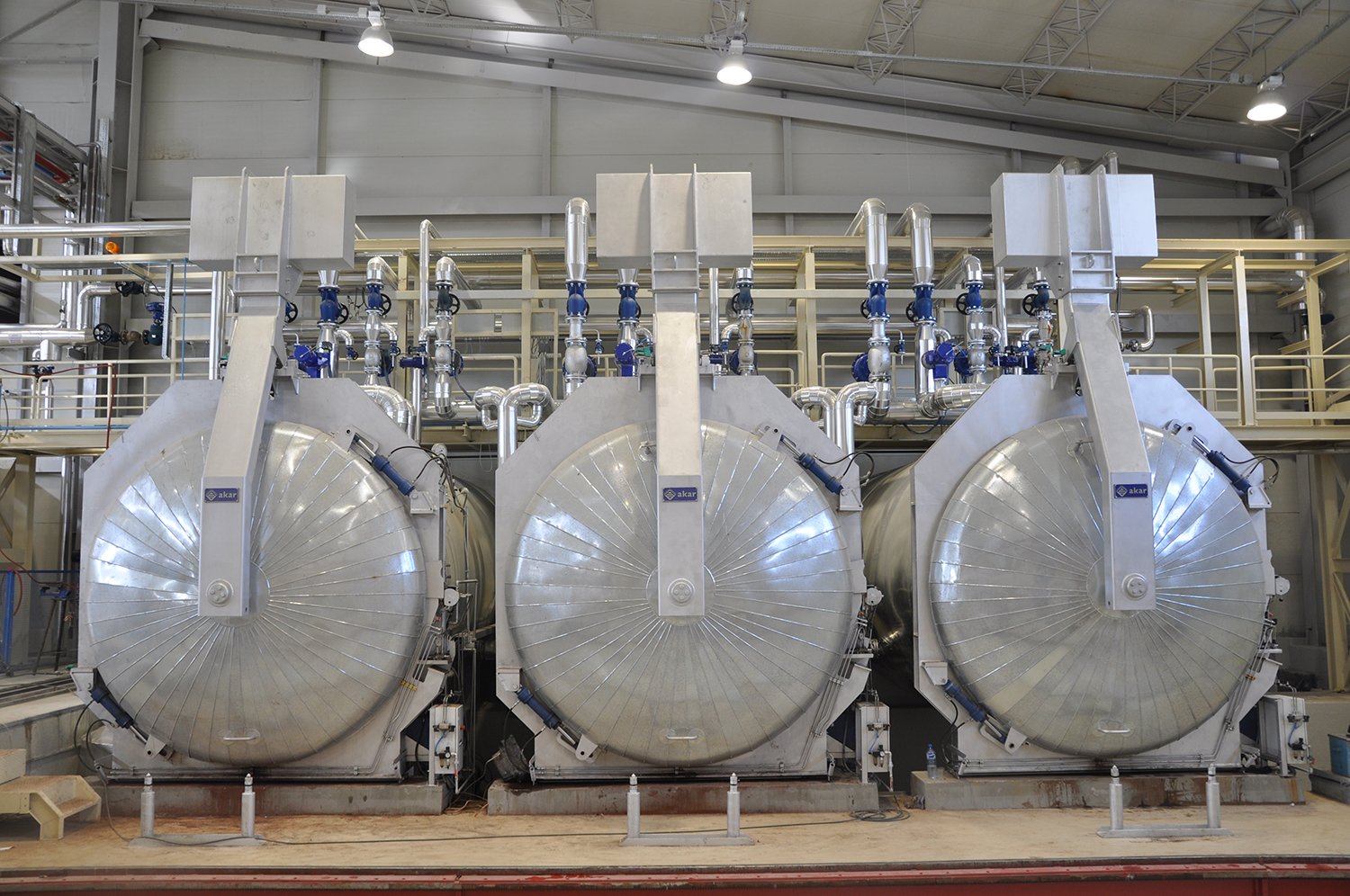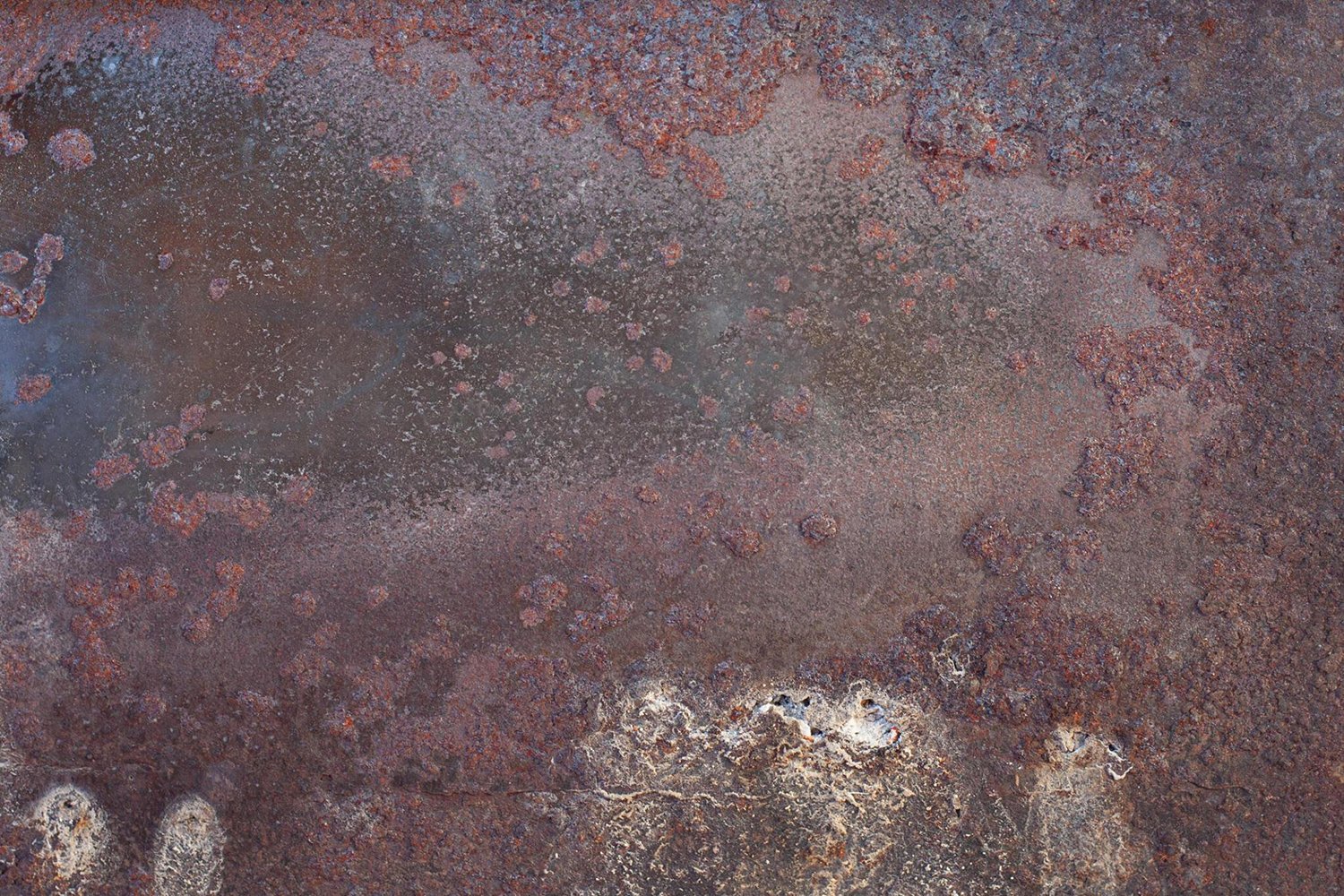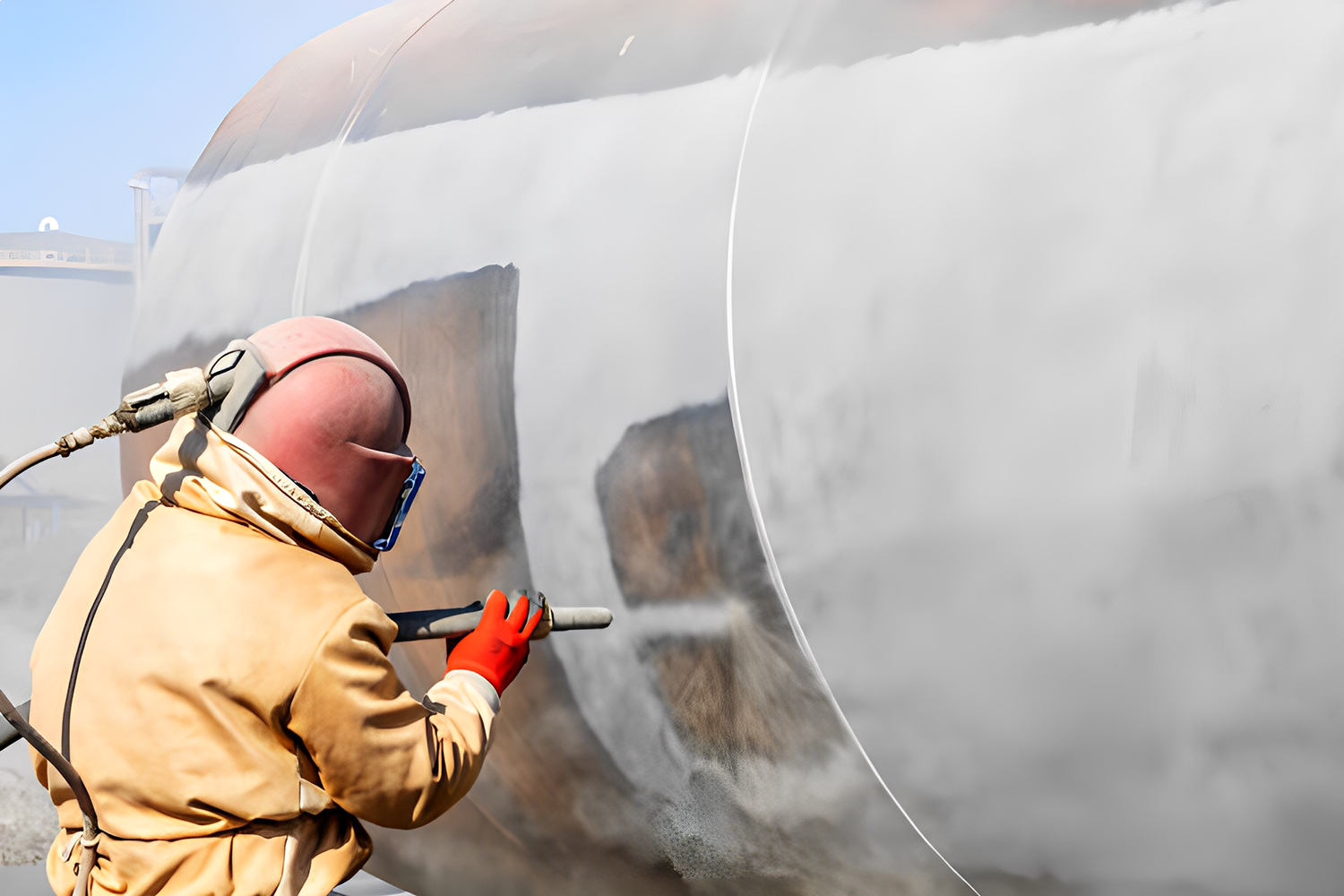Why steam autoclaves need more attention?
Why steam autoclaves need more attention
Environmental factors significantly affect the lifespan and maintenance frequency of autoclaves. The most crucial among these factors is water, and consequently the quality of steam. The degree of dryness and particle content of the steam that feeds autoclaves will impact the piping equipment and the autoclave body. Hard water with a high level of calcium carbonate can lead to calcification in the heating coil, piping and the internal surfaces of the autoclave. Chlorides present in the water can even cause corrosion on high-quality steel used in the interior surfaces of the autoclave.
Chemical Contamination in Steam Systems
Chemical contamination is present when there are chemical substances in the boiler feedwater. For instance, harmful heavy metals like mercury, cadmium, lead, as well as chlorides with a corrosive effect on stainless steel materials, contribute to chemical contamination.

Dryness of Steam
As we know, water droplets in steam reduce the enthalpy of vaporization, leading to calcification on pipes and transfer surfaces. Consequently, the steam entering the system will be moist. Water droplets also make heat transfer more challenging. The water droplets collected along the steam line also contribute to water hammer formation. The accumulated water moves at the steam velocity, causing the generation of sound and vibration in this situation.
Water Quality Used in Autoclaves
There are many factors that can influence water quality such as hardness, mineral content, the presence of chlorides, etc. Many companies using steam autoclaves with tap water may face costly breakdowns over time if the water quality is insufficient. Tap water is undoubtedly a practical source for generating steam but it can also harm the autoclave.
To protect the autoclave's internal surface from wear, and prevent calcification in the piping, water can be chemically conditioned. Using an RO filter on the water source can also greatly extend the lifespan of heating elements by capturing minerals that cause hardness in the water.
Water with the following characteristics will significantly increase the autoclave's lifespan and process efficiency:
pH level: 7.5 – 9
Conductivity: < 220 mS/m
Total hardness GH: 5 – 8 Fr
Fe (Iron): < 0.05 mg/L
CO2: < 20 mg/L
Cl : < 100 g/m3
SO4: < 325 g/m3
O2: < 0.05 mg/L
SiO2: Minimum
Oil: < 2 mg/L

Water Softening
Water softeners are ion exchangers that facilitate the removal of positively charged ions. Typically, softeners remove calcium (Ca+2) and magnesium (Mg+2) ions.
Softeners work by collecting and separating hard minerals. The reaction takes place on a resin surface. The hard water passing through the resin absorbs calcium and magnesium ions, exchanging them for non-hard sodium ions.
MgSO4 +R2Na → R2Mg + Na2SO4
CaCl2+ R2Na → R2Ca + NaCl
Raw water should not be supplied to the boiler. Using raw water in the boiler leads to the formation of lime and the transportation of water from the boiler. Only feedwater or demineralized water should be used. Softened water can also be used in low-pressure boilers.
Autoclave Corrosion
In the production of autoclaves, pressure vessel steels such as P355GH and P295GH are preferred due to their mechanical properties. The key factor that distinguishes these steel types from stainless steel is the amount of chromium they contain. Stainless steel has a very fine, strong and stable chromium oxide layer on its surface. This layer prevents oxygen molecules from penetrating the steel's inner surfaces, inhibiting oxidation and protecting the steel from rust. However, the chromium content in pressure vessel steels is lower than that in stainless steel.
P355GH and P295GH carbon steels used in autoclaves typically have the following composition: C ≤ 0.12, Si: 0.25~0.75, Mn: 0.20~0.50, P: 0.07~0.15, S ≤ 0.03, Cu: 0.25~0.55, Cr: 0.30~1.25, Ni ≤ 0.65, with the remaining portion being iron (Fe) and impurities.
Apart from wear and tear, prolonged exposure of a steel material to heat and moisture can lead to oxidation. Components such as chloride and chlorine, found in large quantities in water, are highly detrimental to steel.
The steam and oxygen atoms in the air sent to the autoclave penetrate the steel, reacting with iron atoms over time, leading to rust.
Fe(s) + 2H2O(g) → Fe(OH)2(s) + H2(g)

Another significant cause of corrosion in autoclaves is the incorrect slope of the autoclave on the floor. During installation, the autoclave should be inclined longitudinally by approximately 0.1% to 0.2%. Proper inclination allows the condensate generated during the process under the autoclave to be discharged through the condensate drain, preventing corrosion. When the slope is excessive, water may bypass the condensate drain, accumulating at a different point and causing corrosion of the steel. In cases of insufficient slope, water cannot reach the condensate drain and cannot be discharged from the system, leading to corrosion where it accumulates. The slope should be checked annually by professionals. Adequate lighting should be provided at regular intervals to check for water accumulation in the lower part of the autoclave and if necessary, it should be cleaned. Regularly performing this cleaning will help prevent corrosion in the lower part of the autoclave.
When corrosion begins on the interior surfaces of autoclaves, sandblasting is necessary to remove the rust. If timely intervention is not applied, the rust layers formed on the surface weaken that area of the material and fractures and detachments may occur.
Due to the reasons mentioned above, periodic maintenance of autoclaves should be carried out regularly. Water quality and condensate water analyses should be meticulously evaluated by authorized personnel. If rust occurs on the surface, non-destructive testing (NDT) should be repeated if necessary, ensuring the safety of the autoclave.


